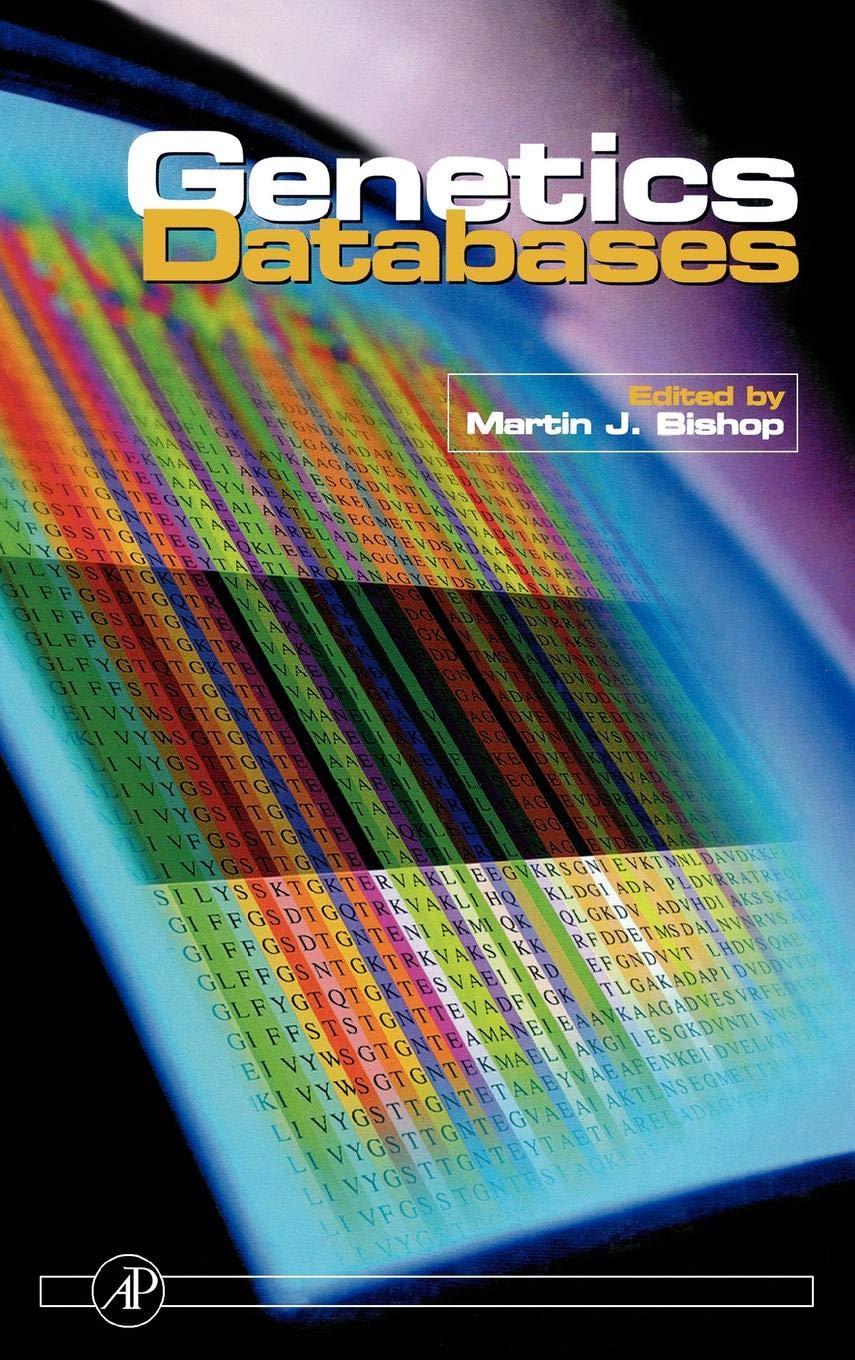

1. Create an inheritance hierarchy that a bank might use to represent customers' bank accounts. All customers each having an account no. at this bank can deposit (i.e., credit) money into their accounts and withdraw (i.e., debit) money from their accounts. More specific types of accounts also exist. Credit Card Account, for instance, provide the user the facility to make money transactions using ATM the money they hold. Checking accounts, on the other hand, charge a fee per transaction (i.e. creditor debit). Create an inheritance hierarchy containing base class Account and derived classes Credit Card Account and CheckingAccount that inherit from class Account Base class Account should include one data member of type double to represent the account balance. Customer's name and account no. The account no. should be unique and assigned in the order in which instances are created. The class should provide a constructor that receives an initial balance and uses it to initialize the data member. The constructor should validate the initial balance to ensure that it is greater than or equal to 0.0. If not, the balance should be set to 0.0 and the constructor should display an error message, indicating that the initial balance was invalid. The class should provide following member functions. Member function credit should add an amount to the current balance. Member function debit should withdraw money from the Account and ensure that the debit amount does not exceed the Account's balance. If it does, the balance should be left unchanged and the function should print the message "Debit amount exceeded account balance. o Member function getBalance should return the current balance. Member function getAccountNo. Derived class CreditCard Account should inherit the functionality of an Account, but also include a data member pinnumber set by the customer. Constructor should receive the initial balance, as well as pin number. It should provide a public member function reset pin Derived class CheckingAccount should inherit from base class Account and include an additional data member of type double that represents the fee charged per transaction to all the customers. CheckingAccount's constructor should receive the initial balance, as well as a parameter indicating a fee amount. Class CheckingAccount should redefine member functions credit and debit so that they subtract the fee from the account balance whenever either transaction is performed successfully. CheckingAccount's versions of these functions should invoke the base-class Account version to perform the updates to an account balance. CheckingAccount's debit function should charge a fee only if money is actually withdrawn (i.e., the debit amount does not exceed the account balance). After defining the classes in this hierarchy, write a program that creates objects of each class and tests their member functions. Note: In all the classes make the member functions & data members const, static where required








